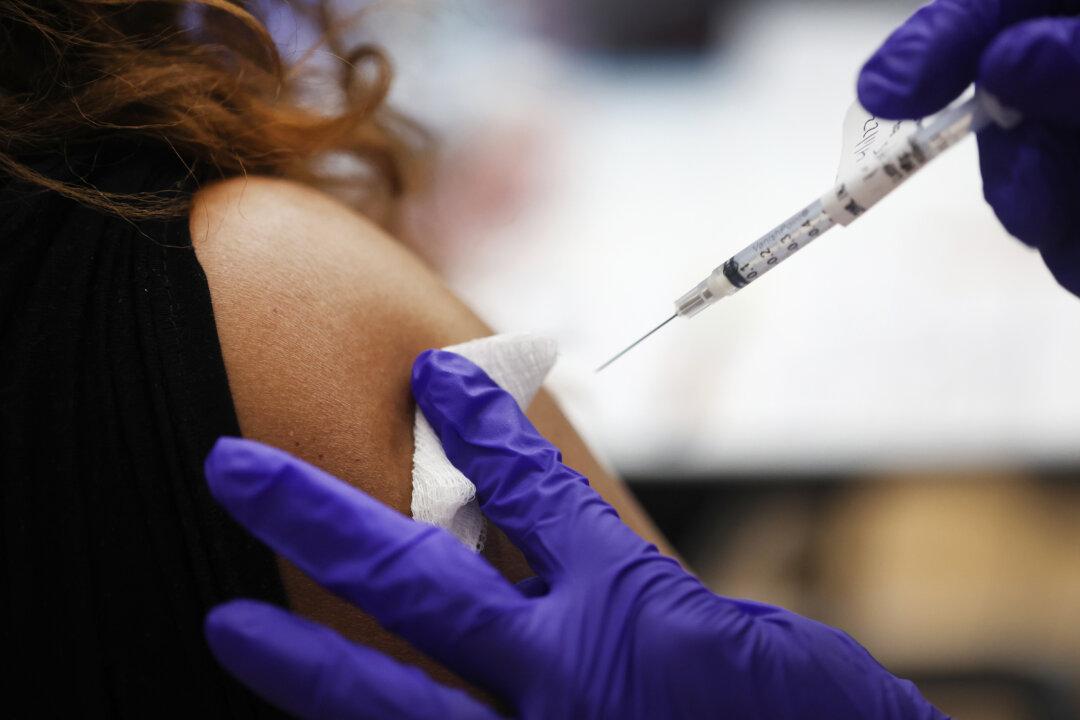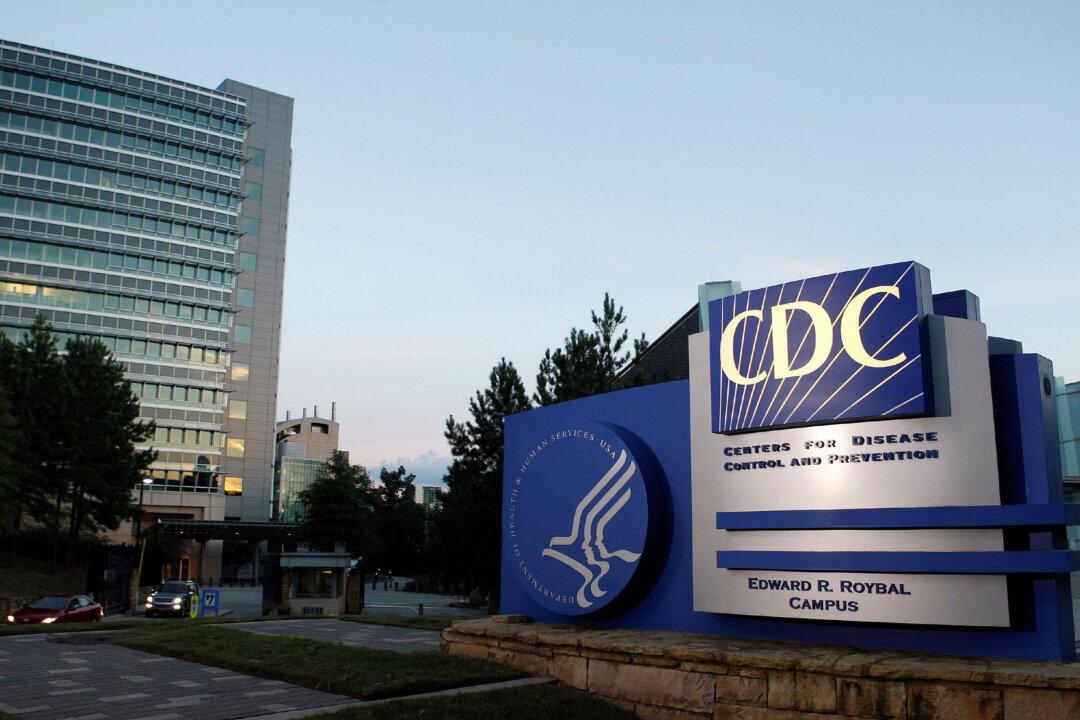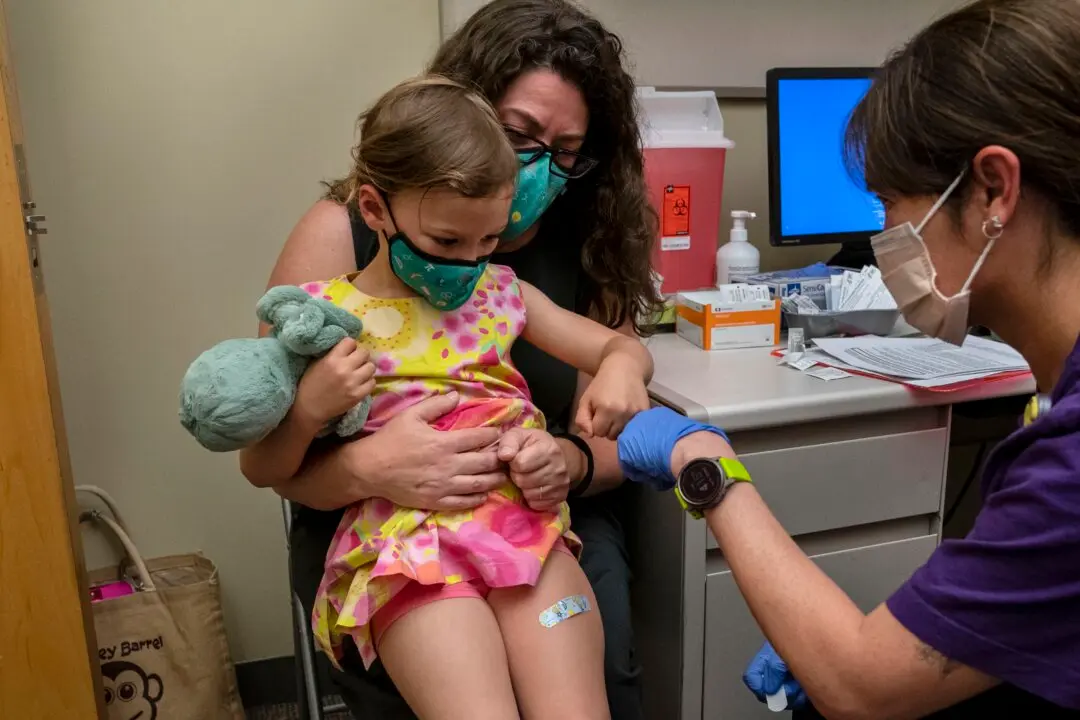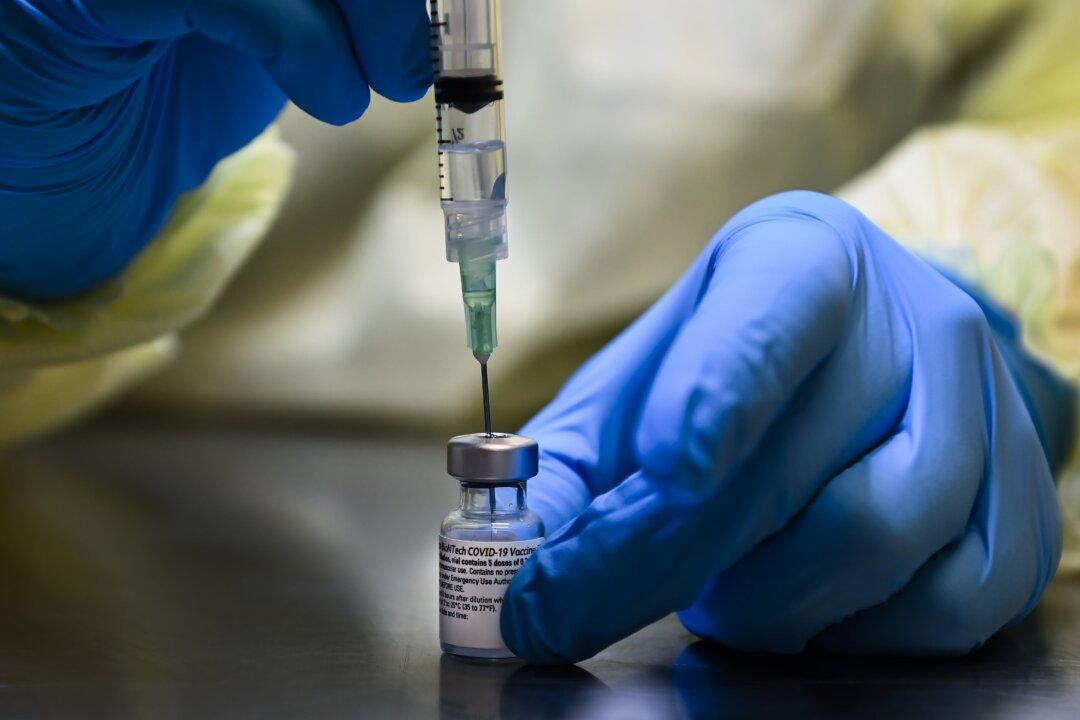The risk of death or severe illness from COVID-19 in teenagers and children is extremely low, according to three new studies from the UK.
The studies provide the most detailed analysis to date on the impact of the CCP (Chinese Communist Party) virus on children and confirm earlier findings for those aged 18 and younger: that they’re at very low risk of becoming severely ill or dying from the disease.






